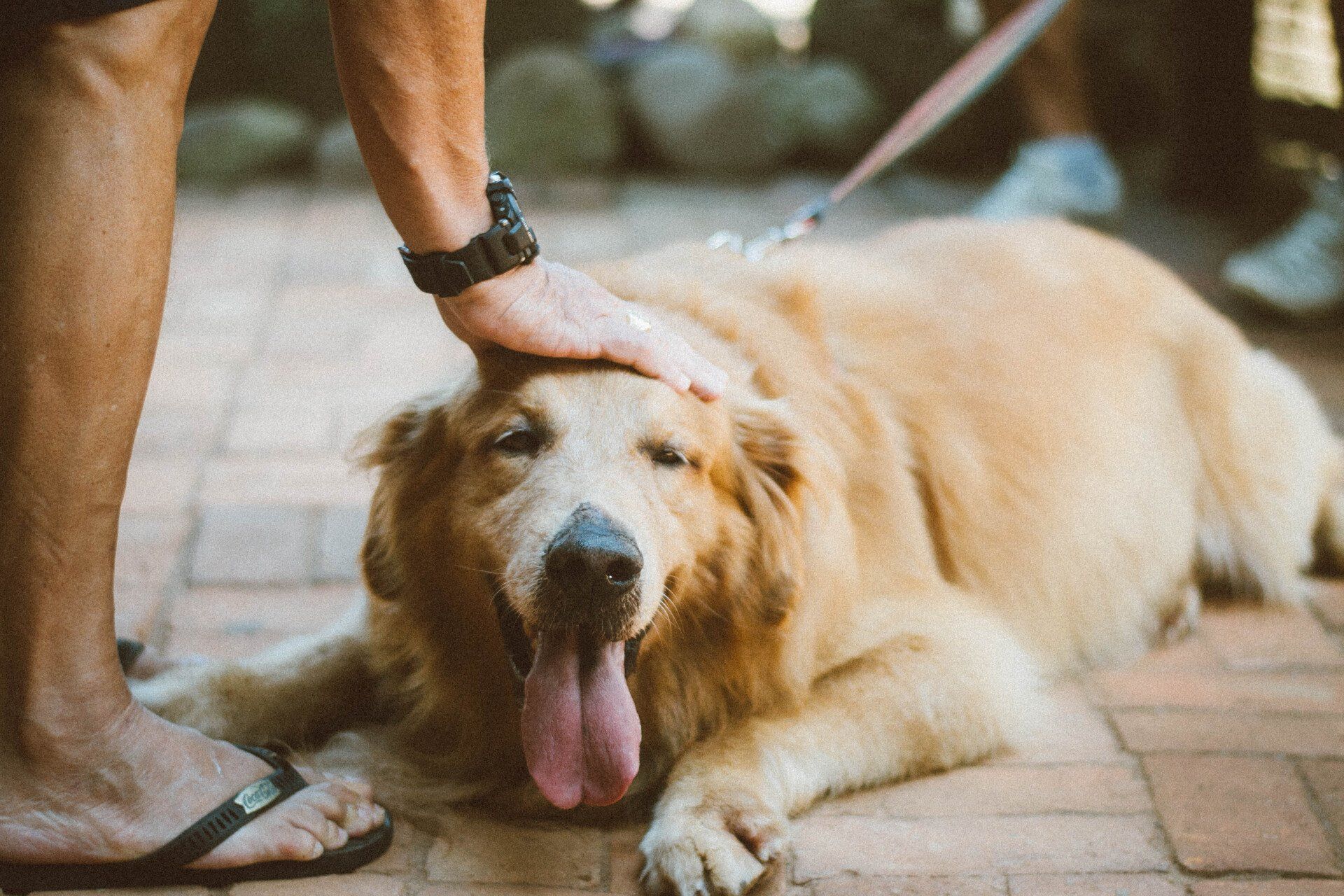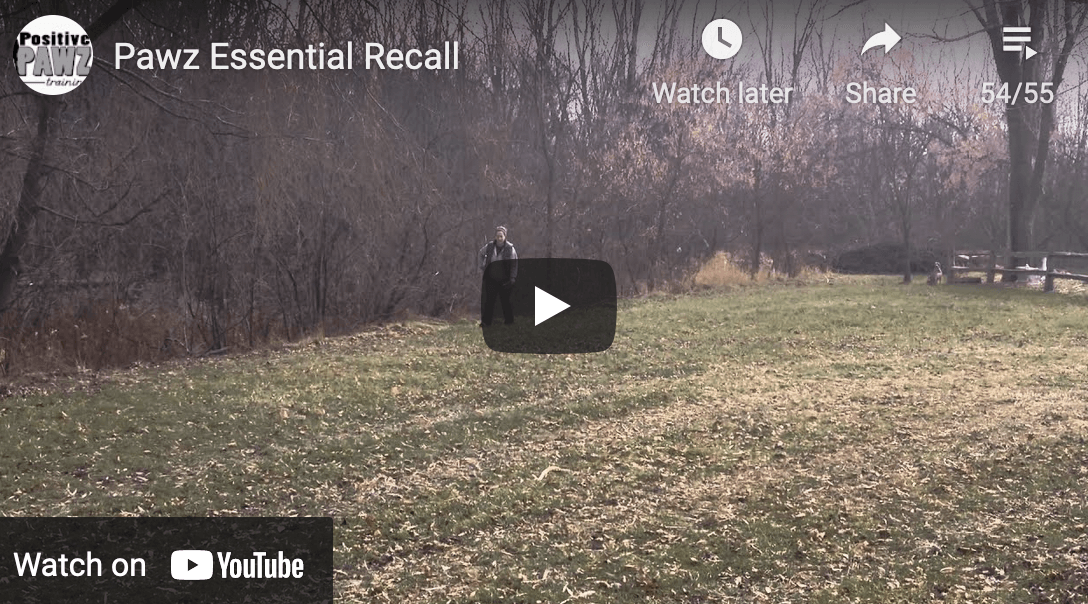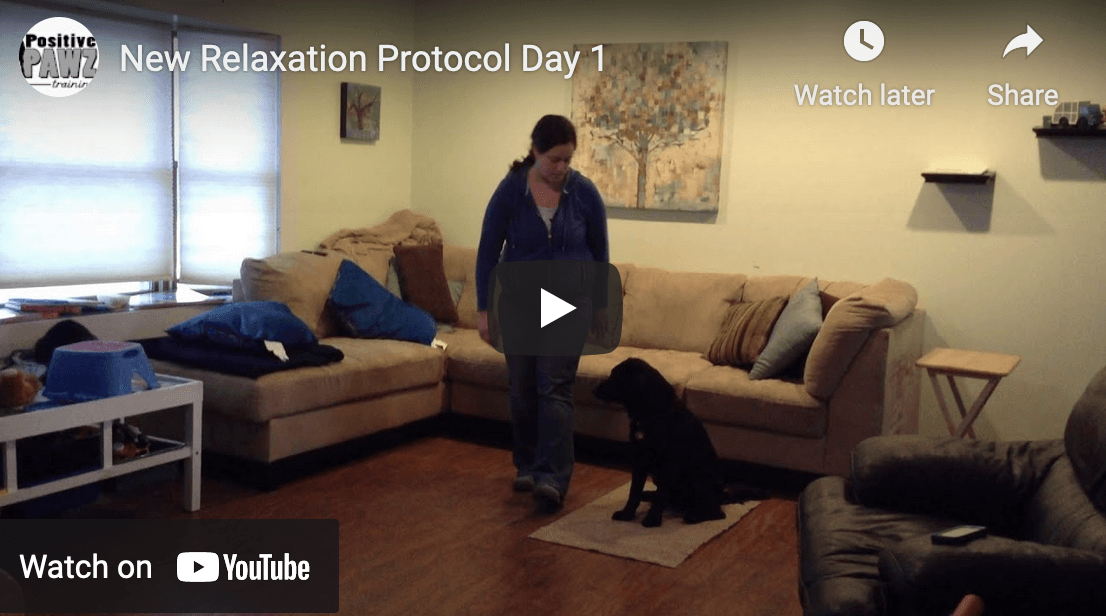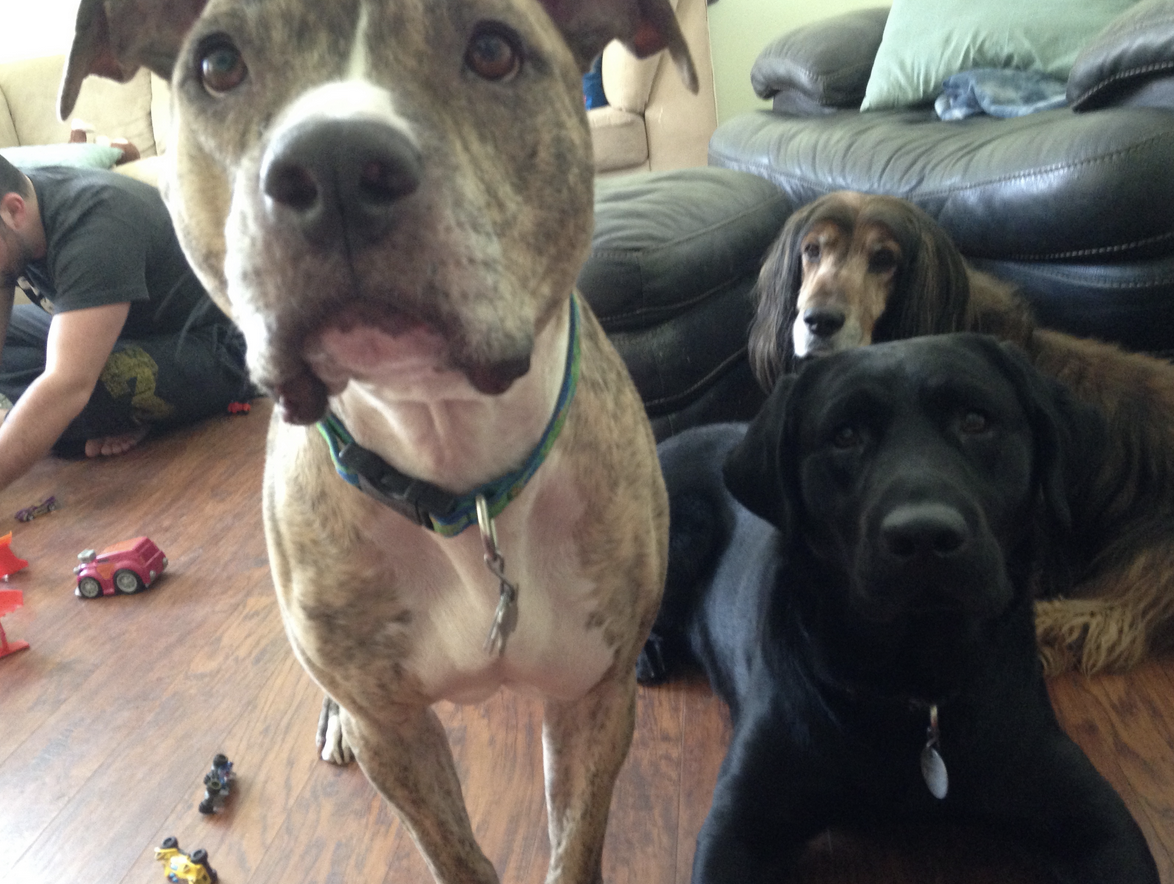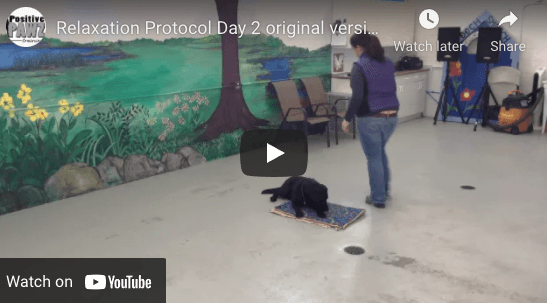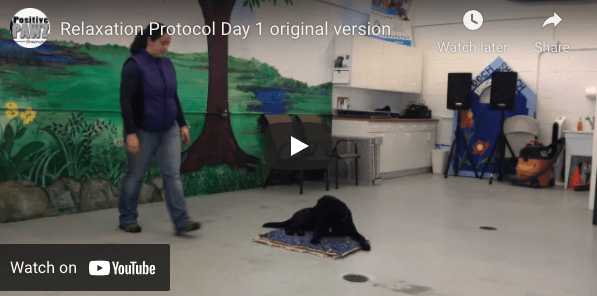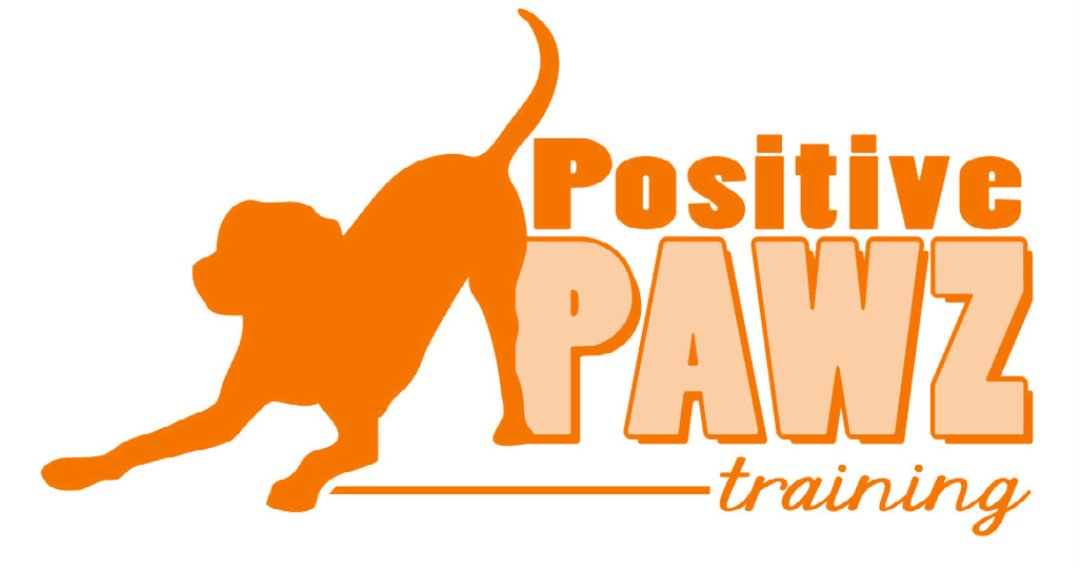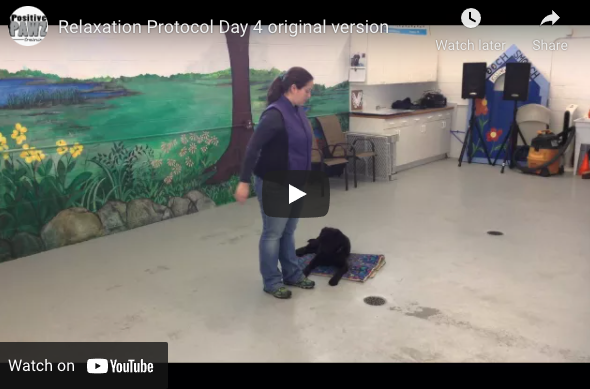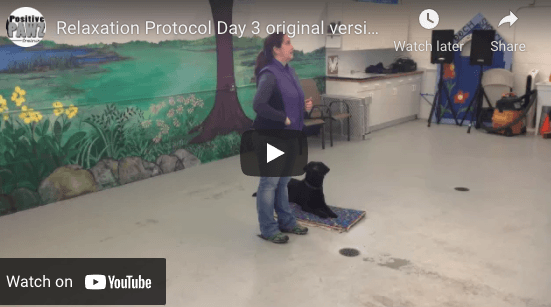Top 10 puppy owner tips for raising the perfect family dog
Have you ever found yourself overwhelmed with your new puppy? Is your new puppy biting and chewing on everything? Does it lack impulse control? Are they still having accidents in the house? With so much information available through books, the internet, and general advice; the main message can get lost among all the other information. Here are my top ten tips for raising a successful puppy as a great family pet.
1. If you like it reward it. If your puppy does something that you like than reward it and those behaviors will increase in frequency. For example sitting instead of jumping, chewing on an appropriate toy instead of a shoe, walking nicely on leash instead of pulling, etc. This helps teach your puppy impulse control and start to make good choices.
2. If you don’t like it ignore it. If you can’t ignore it then redirect it. Ignore your puppies naughty behaviors so that they are not encouraged to keep doing them. There will be times that it is not appropriate to ignore the behavior. If this happens then redirect your puppy with a toy or treat or by giving a cue for a behavior that you do want. The more your puppy practices poor behavior the better they get at it.
3. If you can’t redirect it then manage it. And what do I mean by management? There are several tools in which to manage your puppy in order to set them up for success when you just don’t have enough time to effectively train your puppy. Some management tools would be a kennel, play-pen area, a tie-down area, and setting up baby gates. When you leave your puppy confined while you are busy, be sure to leave your puppy with an appropriate chew toy. Chew toys are great forms of management. Some examples are elk or deer antlers, Himalayan Dog Chews, Kong products, Nylabones, bully sticks, and Everlasting Treat Balls. Don’t forget to shut doors to keep your puppy out of bedrooms it shouldn’t be unattended in, keeping food out of reach on the counters, and keeping your trash cans up and out of reach. If your puppy doesn’t practice those bad behaviors, they will never learn them. Be proactive with preventative management and never have behaviors that need corrected.
4. Your leash is your friend. It gives you a chance to supervise your puppy and to help them make good choices.
5. Purchase and use your crate. It is a place for safety, house training, quiet, and a great management tool. I recommend finding a crate that has a divider at can be moved as necessary as your puppy grows.
6. Your puppy doesn't need to eat his food out of a bowl. Use meal times as an opportunity to train your puppy or to let them eat their meals out of a puzzle toys to ease boredom. Puppies prefer to work for their food instead of getting it for free from a bowl. Puzzle toys are specifically designed to entertain your puppy and keep them out of trouble when you are too busy to train. Some examples of puzzle toys are: Kong Wobbler, Buster Cube, toys by Nina Ottosson, Busy Buddy products like the Magic Mushroom or Twist n’ Treat, or Bob-a-Lot made by Starmark. They can be found at most pet stores and found online on sites that sell pet supplies.
7. Invest in a KONG toy. They are great ways to ease boredom, stop chewing, and to keep your puppy busy and out of trouble when left unattended. You can add treats inside, their puppy food softened in water, or peanut butter as a few examples.
8. Socialize. Keep in mind that these should all be POSITIVE experiences with new things. Your puppy should never feel forced or pressured when exploring the world, especially in those first four weeks in your home. Take time to build that relationship together. Reward them when they are brave but, let them go slow if needed. Don’t feel pressured to do it all at one day. In order to have a well rounded puppy in your home, they need to see all the sights and sounds. They need to meet different people of all ages; kids, babies, the elderly, men, women, people in uniforms, people wearing hats, sunglasses, and backpacks. They need to feel different surfaces beneath their feet; carpet, slippery floors, grates, steps, gravel, grass, plastic, etc. They need to see items moving; balls, leaves, traffic, bikes, skateboards, remote control cars, wildlife, cats, dogs, etc. A lot of this can be done in your own home before your puppy is allowed to go out in public by having social puppy parties with your friends and families. When you and your vet decide your puppy is ready at around 12 weeks, a great puppy class is the next best step to go.
9. Keep training fun! Positive training methods aren’t just about giving treats for good behavior. It’s about going through the exercises is a way that everyone including your puppy is smiling, laughing, and having fun. A good way to do this is by keeping your training sessions short and moving at a pace that isn’t to fast for your puppy.
10. Early experiences matter. Find a well run puppy class in your area that utilizes positive force free only methods. Contact a professional in your area to help you set your puppy up for success. Here are some links for a great start:
Pet Professional Guild Member Search: http://www.petprofessionalguild.com/PetGuildMembers
Association of Professional Dog Trainers: https://apdt.com/trainer-search/#anc_ZipCodeSearch
Certification Council for Professional Dog Trainers: http://www.ccpdt.org/index.php?option=com_certificants&Itemid=102
Karen Pryor Academy Certified Training Partner: https://www.karenpryoracademy.com/find-a-trainer
These trainers are all skilled in teaching and training with positive methods and are educated in the science and behavior behind these methods in order to get your puppy off on the right start.
